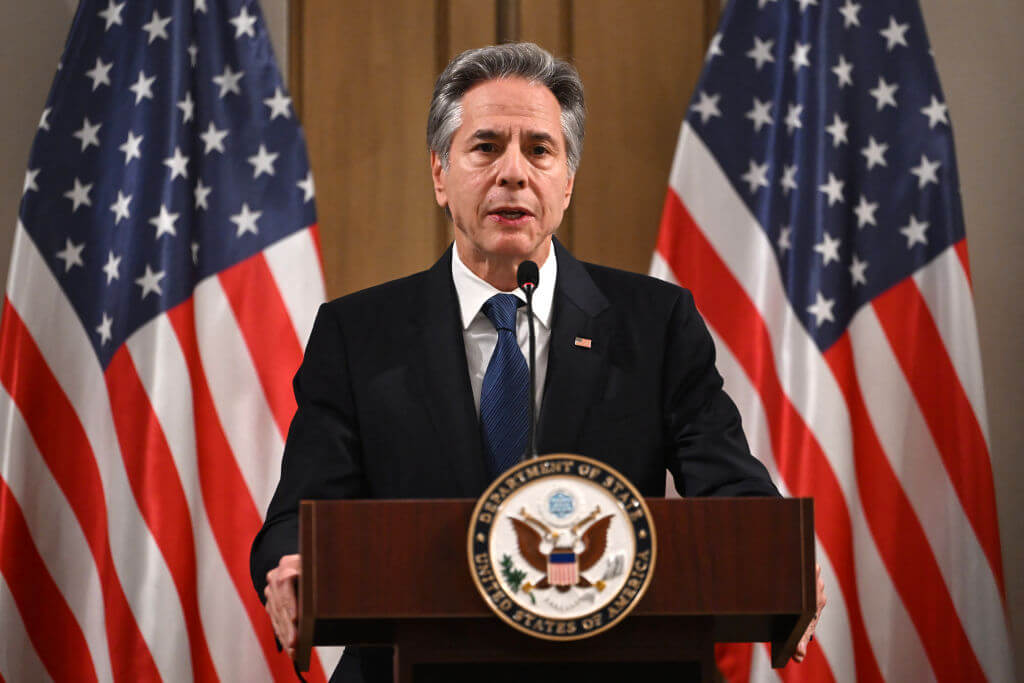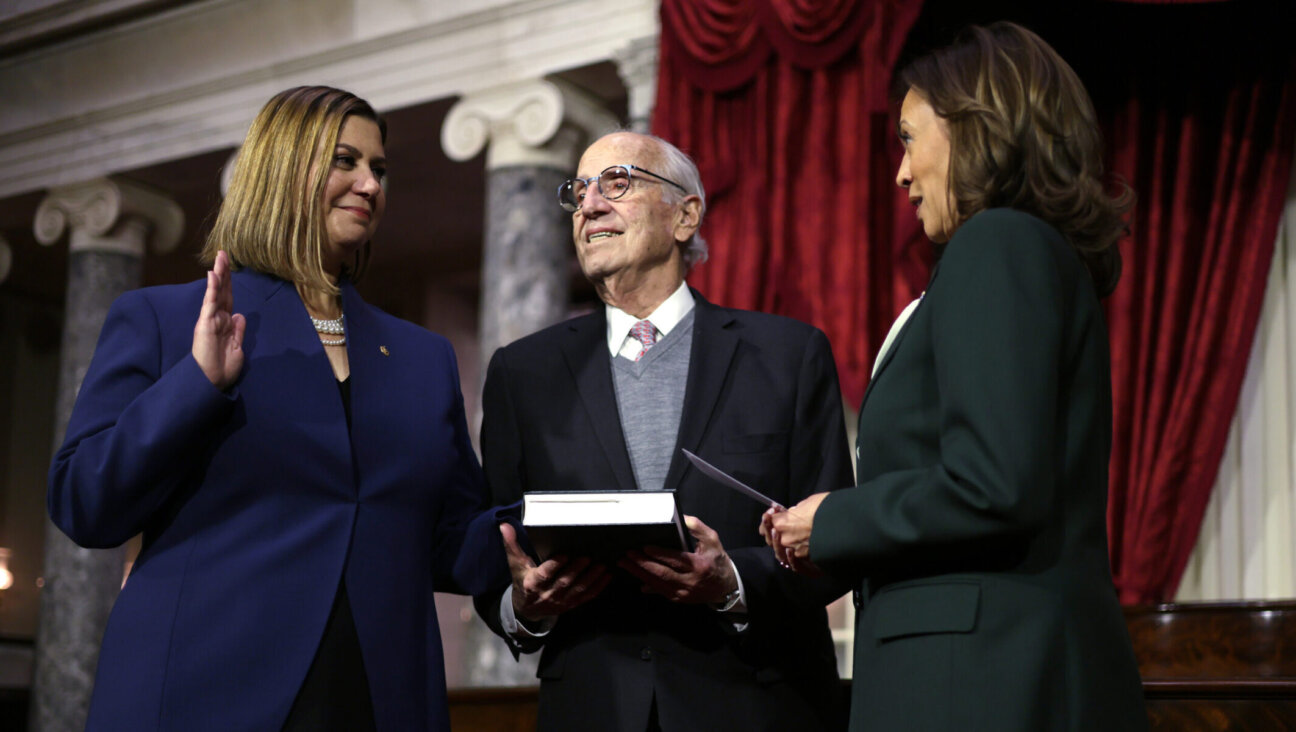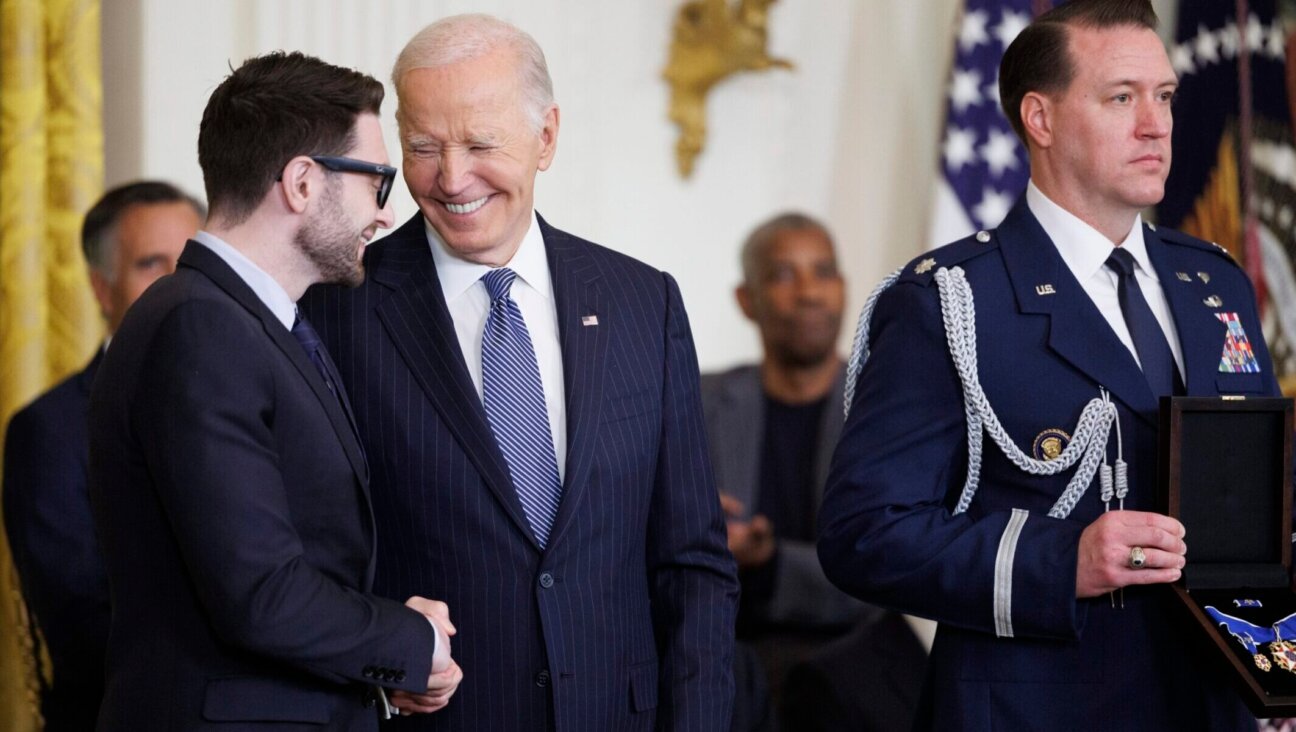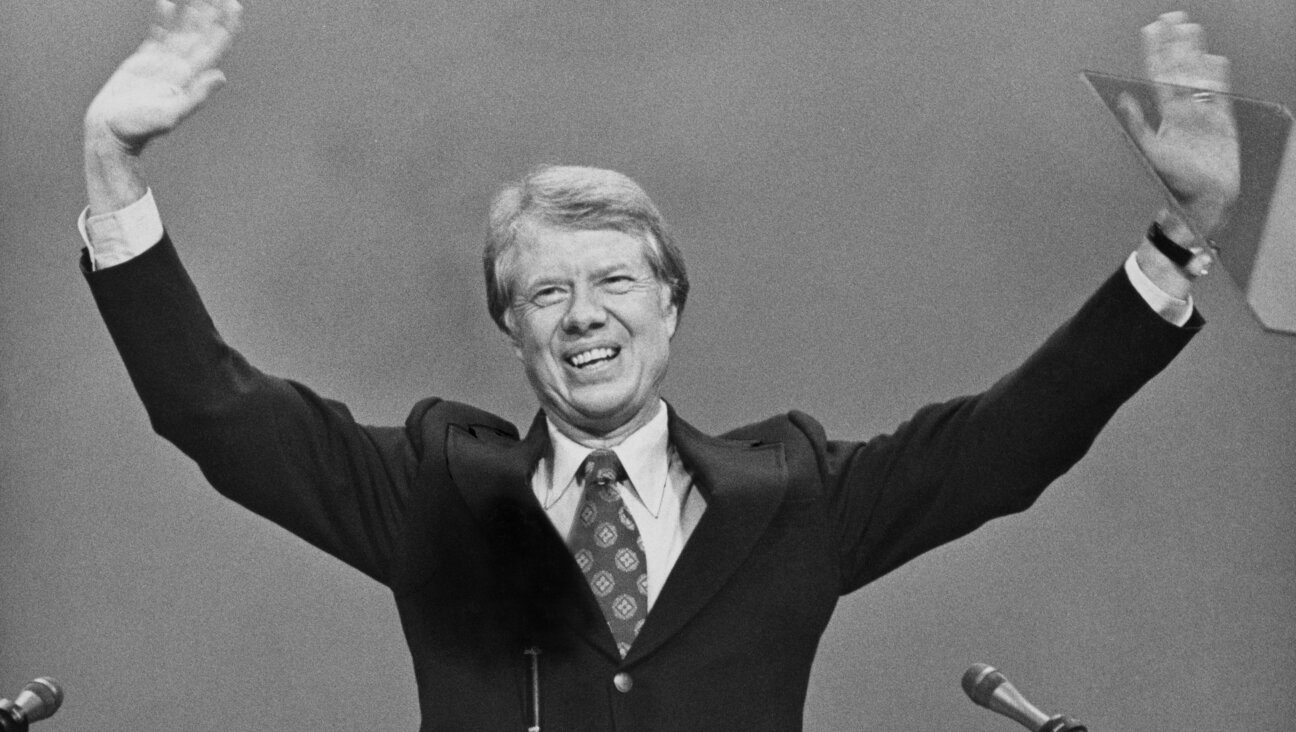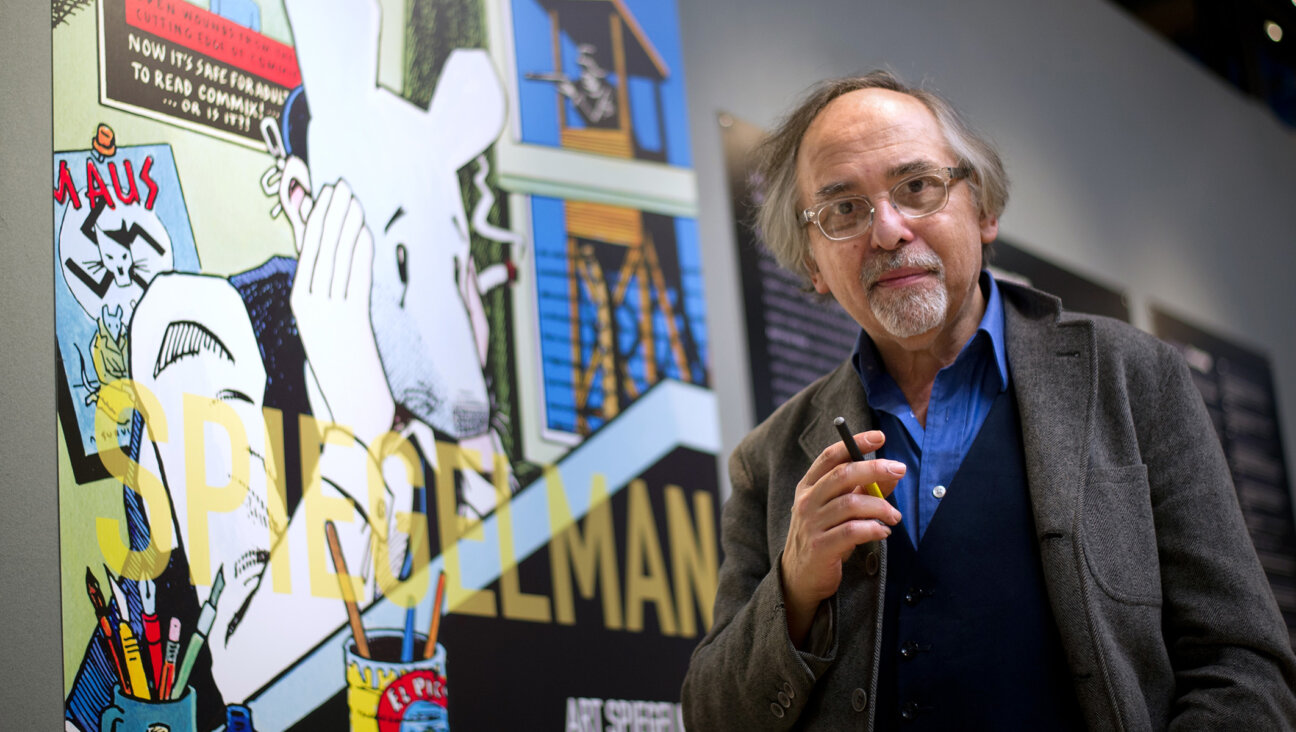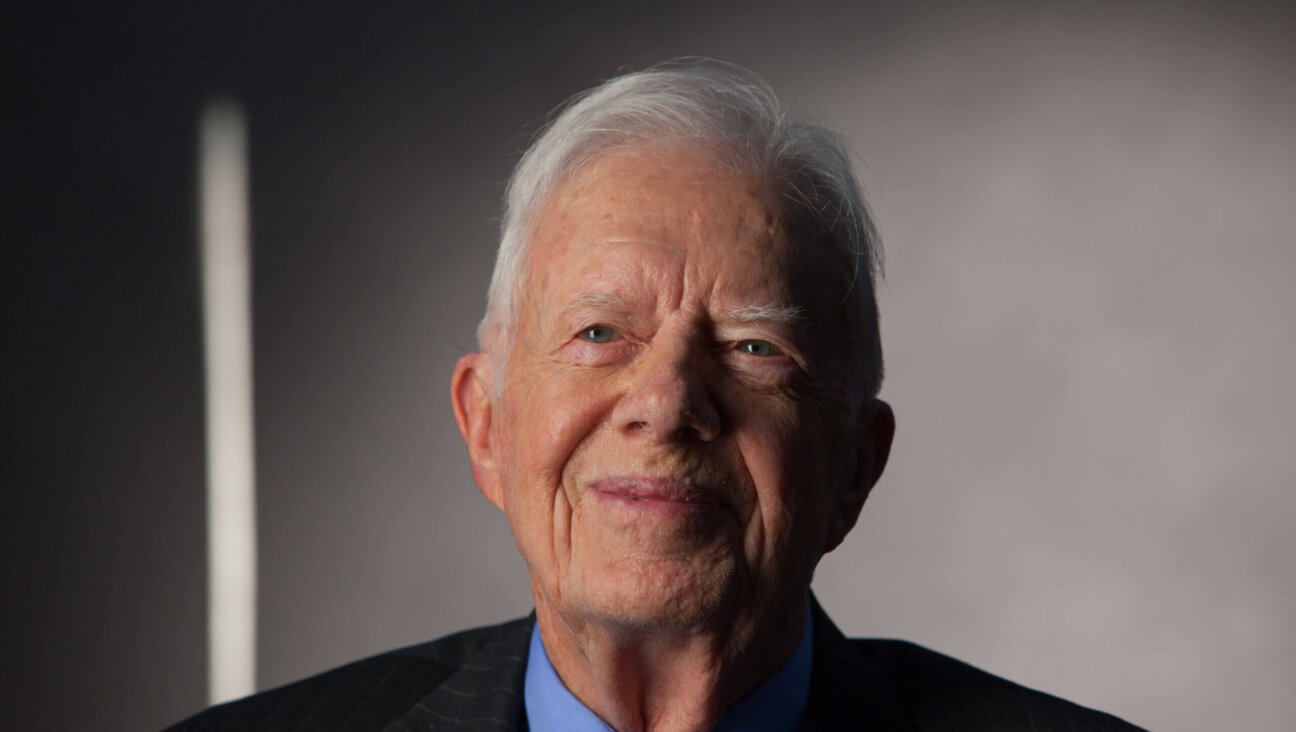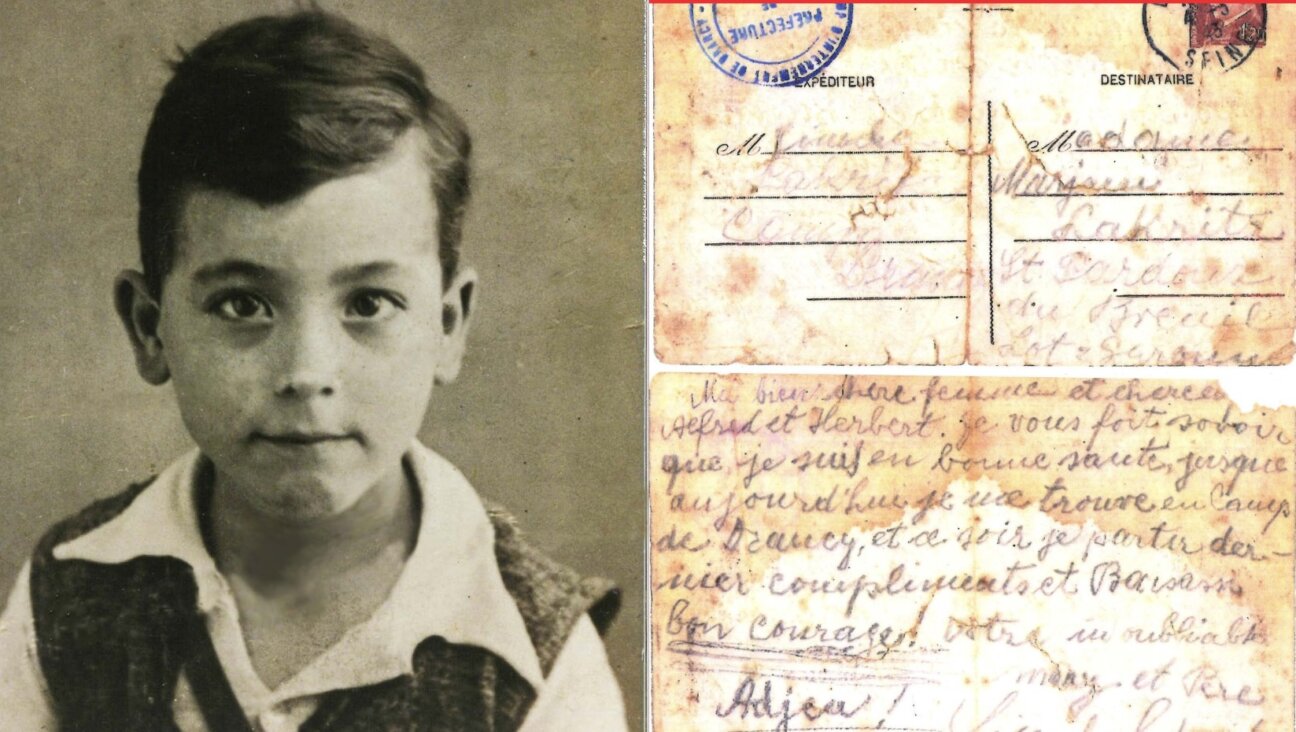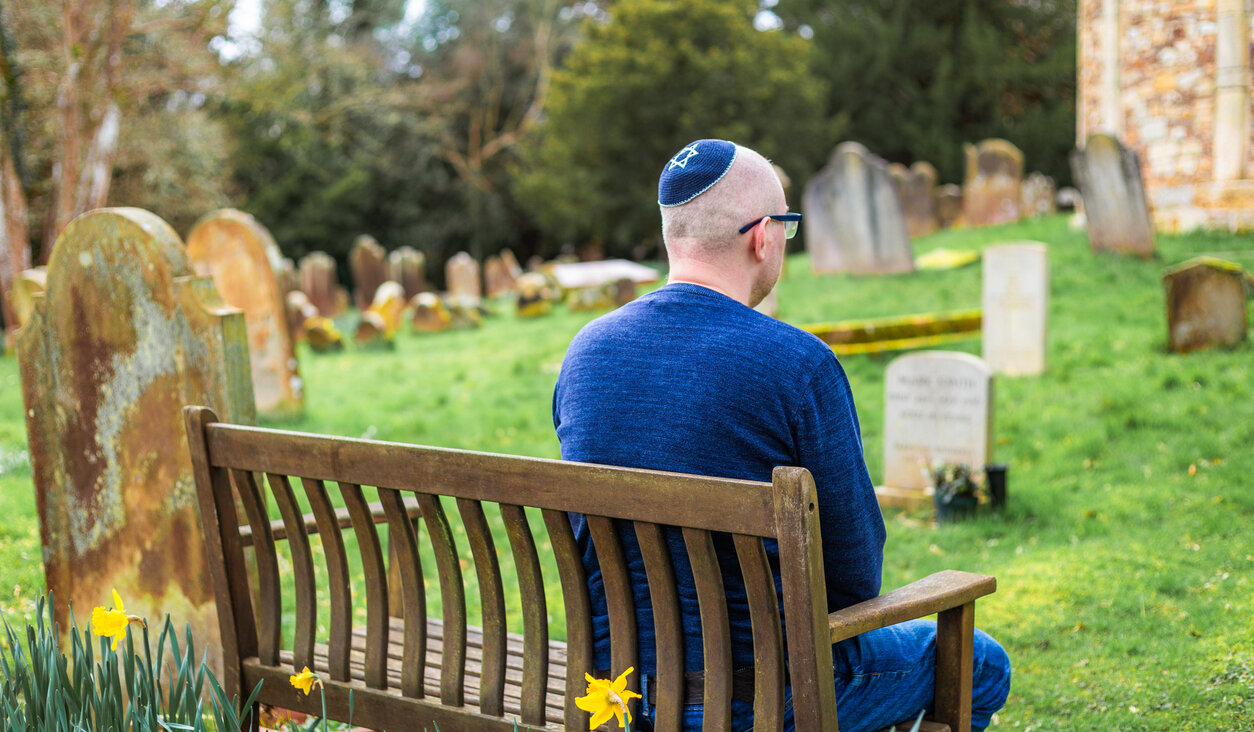How a Jewish teen’s description of New York City life in 1945 found a contemporary audience of millions
Charlotte Buchsbaum, a teen in 1945 New York, wrote about going to bar mitzvahs, celebrating Passover, and heading to Times Square to celebrate the U.S. victory over Japan.
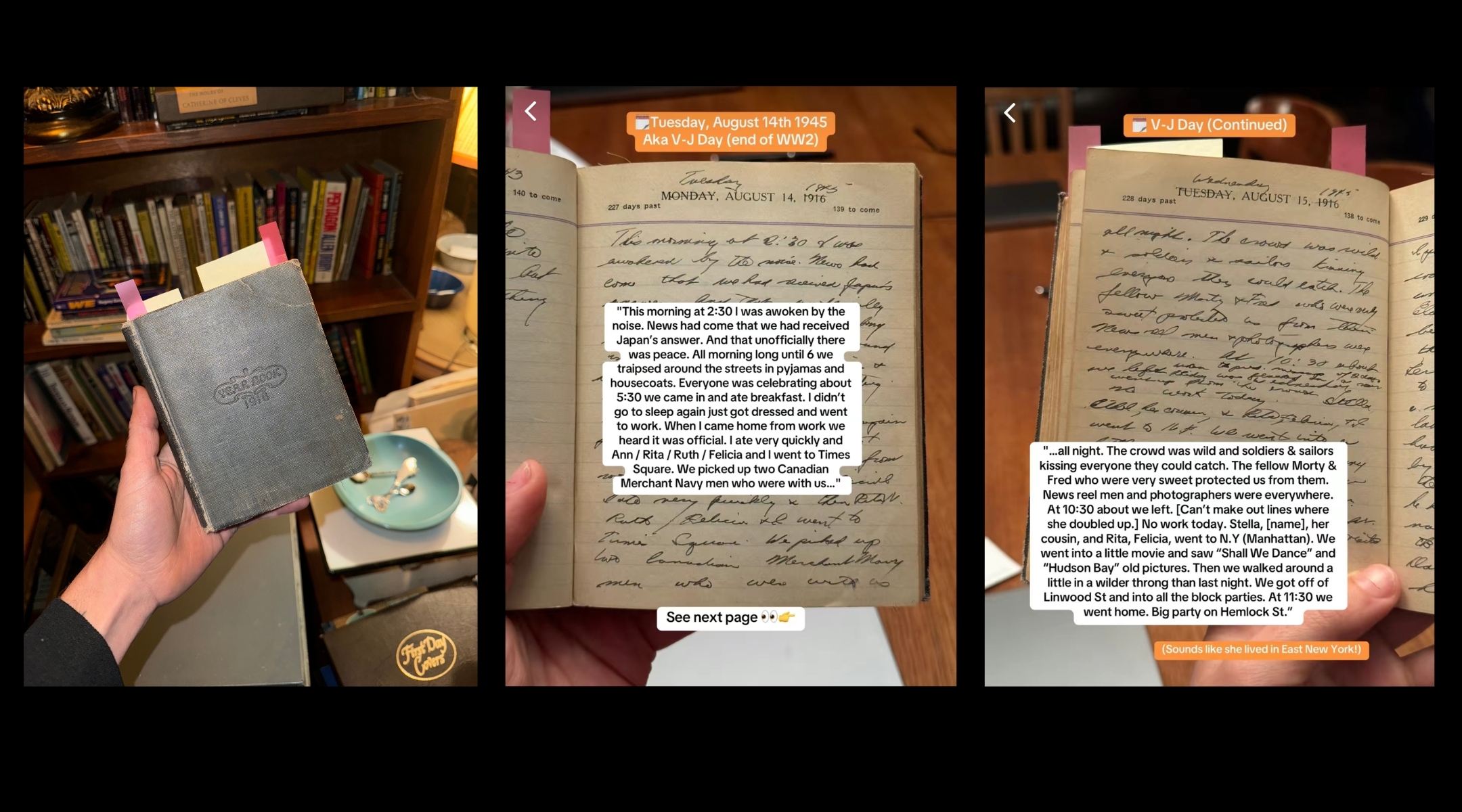
The repurposed 1916 diary used by Charlotte Buchsbaum to document her life and the end of World War II. (Left image courtesy of Helaina Ferraoili. Center, right images screenshots via TikTok)
(New York Jewish Week) — On an April Saturday in 1945, a Jewish teen living in East New York named Charlotte Buchsbaum washed her hair with lemon. “It looked nice,” she wrote in her diary.
The following day, the 15-year-old Brooklynite went to a bar mitzvah at The Rainbow Room, where there was an “effective ceremony” followed by dinner and dancing.
Two weeks later, she was at school when a loudspeaker announced that “hostilities have ceased in Germany and all Europe.”
These musings by a Jewish high schooler, which reflect happenings both highly personal and historically significant, have recently found a contemporary audience of millions. This unlikely turn of events is thanks to a viral TikTok video posted by Helaina Ferraioli, the social media manager for her family’s vintage store in Carroll Gardens.
Ferraioli had found Buchsbaum’s diary in 2019, but she read just a few pages of the journal before putting it away on her bookshelf. Last month, however, while recovering from a running injury, Ferraioli rediscovered Buchsbaum’s journal, and realized the historical significance of her documented experience of the end of World War II. And so, Ferraioli posted her first TikTok about Buchsbaum’s diary — one of six — on Nov. 21. It has since been viewed more than 3 million times.
Ferraioli attributes the interest in the diary to a combination of Buchsbaum’s youth and her matter-of-factness about major historical events. “The time of the journal is quite literally on the hinge of the world changing,” she said.
“It straddles right before World War II ended and right after World War II ended,” Ferraioli added. “And just that moment in time is so historically significant. And just to sort of see it processed through someone’s — we always say, ‘oh, we normalize these crazy times, like with COVID, everyone kind of got used to COVID really quick’ — it’s the same idea, really hearing it from the sort of neutral perspective is fascinating.”
Ferraoili has shared other vintage finds from her family’s store on social media, like copies of Time Magazine from 1912 and a menu from the 1939 New York World’s Fair. But Buchsbaum’s diary gives rare, personal insight into the life of a mid-century American Jewish teenager: Buchsbaum goes to her last day of school in the morning and celebrates the Passover seder later that evening. She organizes dances for her synagogue, and plays ping pong with her girlfriends while the boys finish their AZA meeting — referring to the B’nai Brith Youth Organization’s boys’ chapter, which is still in existence today.
“All these women who are saying they love her,” Eric Kaplan, Buchsbaum’s son and a television writer, told the Washington Post. “It brings tears to my eyes and breaks my heart in a good way.”
Thanks to the video’s virality, the diary is being reunited with Buchsbaum’s family.
Buchsbaum’s other son, Philip, a playwright, said, “I think Mom would have been quite happy to have people be interested in her life.”
According to a 2013 interview with Kaplan in The New York Times and a podcast interview last year with Mayim Bialik, Charlotte Buchsbaum grew up Orthodox in East New York, the daughter of a father from the Eastern European region of Galicia.
Buchsbaum, who was born in 1930, became a high school biology teacher at age 20 at Erasmus Hall in Flatbush, Brooklyn, and raised her family in what is today Ditmas Park. She married attorney Benjamin Kaplan in 1952. Benjamin Kaplan died in 2014. In addition to Eric and Philip, the couple also had a son Andy, who passed away as a child. Buchsbaum died in 2017.
Buchsbaum’s diary begins in March 1945, though it was printed for the year 1916, and originally belonged to her grandfather, Mechel Guzik. Buchsbaum scratched out the year 1916 and replaced it with 1945.
Over the course of her entries from March to August 1945, Buchsbaum describes who came to Passover seder, notes which days she washed and set her hair, and studies Russian. She also documents her outfits of the day (“my pink pencil skirt and new drawstring blouse. Pearls and pearl earrings. My hair was in waves — loose”), co-hosts a dance at her synagogue, plays tennis, takes the Long Island Railroad for the first time, sees classic films in the theater starring Gregory Peck and Judy Garland, starts and quits a job, and goes on dates.
In her diary, Buchsbaum also refers to a local synagogue, Temple Sinai. TikTok sleuths have since noted that she’s likely referring to a former synagogue on Arlington Avenue East New York, which was sold to a Spanish Pentecostal church in the 1980s.
“The thing that I think resonated was [her] age,” Ferraoili said about the popularity of her videos about Buchsbaum’s diary. “I think she comes off very young. And I think we are so used to right now, every teenager has a voice, and they document every emotion, every dance. We’re very comfortable and familiar with the teenage voice now — that is the most popular voice on the internet, the adolescent influencer. But it’s rare to get a glimpse at that same sort of demographic 80 years ago. And just, I think the contrast is really just fascinating.”
Of course, when Buchsbaum was a teenager, she also experienced world-changing events: President Franklin D. Roosevelt died, the Allies were victorious in Europe, the United States dropped the atomic bomb on Japan, and the war ended. She weaves these events into her diary entries, sometimes even inserting herself into history. The diary does not mention the Holocaust, whose scope and enormity was still in the process of becoming widely known.
Take, for example, Buchsbaum’s entry on August 14, 1945, when she described heading to Times Square for Victory over Japan Day.
“This morning at 2:30 I was awoken by the noise. News had come that we had received Japan’s answer. And that unofficially there was peace,” Buchsbaum wrote. “All morning long until 6 we traipsed around the streets in pyjamas and housecoats. Everyone was celebrating. About 5:30 we came in and ate breakfast. I didn’t go to sleep again just got dressed and went to work. When I came home from work we heard it was official. I ate very quickly and Ann / Rita / Ruth / Felicia and I went to Times Square. We picked up two Canadian Merchant Navy men who were with us all night. The crowd was wild and soldiers & sailors kissing everyone they could catch. The fellow Morty & Fred who were very sweet protected us from them. Newsreel men and photographers were everywhere. At 10:30 about we left.”
The scene Buchsbaum described is similar to one pictured in the iconic photo by Alfred Eisenstaedt for Life Magazine that shows an American Navy soldier kissing a dental assistant dressed in white. (The woman in the photo, Greta Zimmer Friedman, later said the kiss was nonconsensual.)
“Mom was very smart, and she went to Brooklyn College, studied science, became a biology teacher,” Philip Kaplan said. “I think if she had been born maybe 10, maybe 20 years later, she would have been a scientist, not a biology teacher, but I don’t think that options were really open to women at the time. And she certainly never mentioned that thing about V-J Day! That was a total surprise to me.”
Ferraoili said she is happy that the video series took off the way it did.
“I think it sparked so many interesting conversations about historic perspective,” she said. “A lot of people were like, ‘Oh, I want to start journaling.’ A lot of people were just inspired by her existence.”
A message from our Publisher & CEO Rachel Fishman Feddersen

I hope you appreciated this article. Before you go, I’d like to ask you to please support the Forward’s award-winning, nonprofit journalism so that we can be prepared for whatever news 2025 brings.
At a time when other newsrooms are closing or cutting back, the Forward has removed its paywall and invested additional resources to report on the ground from Israel and around the U.S. on the impact of the war, rising antisemitism and polarized discourse.
Readers like you make it all possible. Support our work by becoming a Forward Member and connect with our journalism and your community.
— Rachel Fishman Feddersen, Publisher and CEO








